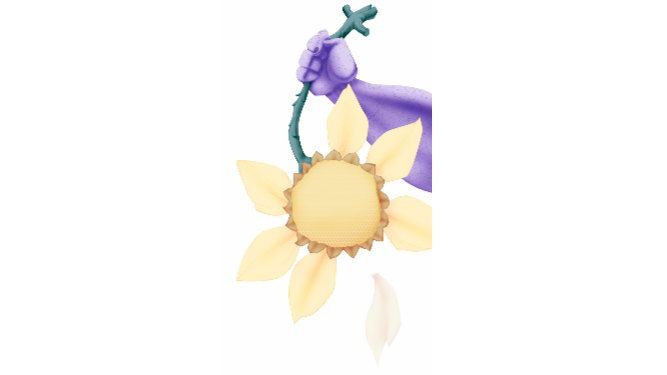Sex crimes against young girls leap 64%

Crimes against freedom and sexual integrity involving adolescent girls leaped from 2,209 in 2017 to 3,640, in 2018, an increase of 64.7% and the upward spiral continues according to Public Ministry statistics.
As of August 31, 2019, the authorities have reported 3,133 cases against girls and adolescents, equivalent to about 13 cases a day.
Most cases have to do with sexual intercourse, rape, corruption of minors and libidinous acts.
A large number of cases occur when the girl is between 15 and 17 years, followed by those between 10 and 14 years. The Public Ministry numbers also refer to victims in other age ranges: between 5 and 9 years, as well as between 0 and 4 years of age, says a La Prensa report.
Maruquel Castroverde, prosecutor of the assistance section at the Metropolitan Prosecutor’s Office said
the numbers confirm citizen perception; that is, that the greatest number of victims are minors, which are girls and that in many cases they have suffered the crime in silence for some time until they finally dare to speak it, either to an educator or because they are pregnant or they suffer from a sexually transmitted disease.
The lawyer said that a common denominator in most of the cases reported – and included in the statistics – is that the perpetrators are usually relatives, friends or trusted persons of the victims.
“The State is committed to international instruments for the protection of human rights that recognize the vulnerability of child victims; however, budget support remains a serious “pending”, she said.
“Many victims leave the judicial process and many times the violence suffered by that victim is enhanced, because the judicial process is hostile, due to the number of demands,” said the prosecutor, who also
Currently, the Panamanian State does not have an exclusive budget for the prevention, care, and eradication of sexual crimes against minors.
However, the Ministry of Social Development annually allocates about $4 million to non-governmental organizations that serve the vulnerable population, including children, adults, youth, and people with disabilities; and approximately $1.5 million dollars are used to help children who have been mistreated.





